Millets, the small-seeded cereals with exceptional health and environmental benefits, are gaining significant global attention due to their resilience to drought, rich nutritional content, and suitability for sustainable agriculture. Grown mainly in arid and semi-arid regions, millets have been cultivated for thousands of years and are essential staples in many developing countries. But when it comes to large-scale production, India stands as the undisputed leader in millet production worldwide. This article explores in detail why India holds this top spot, the significance of millet production, and the broader global context.
Introduction to Millets
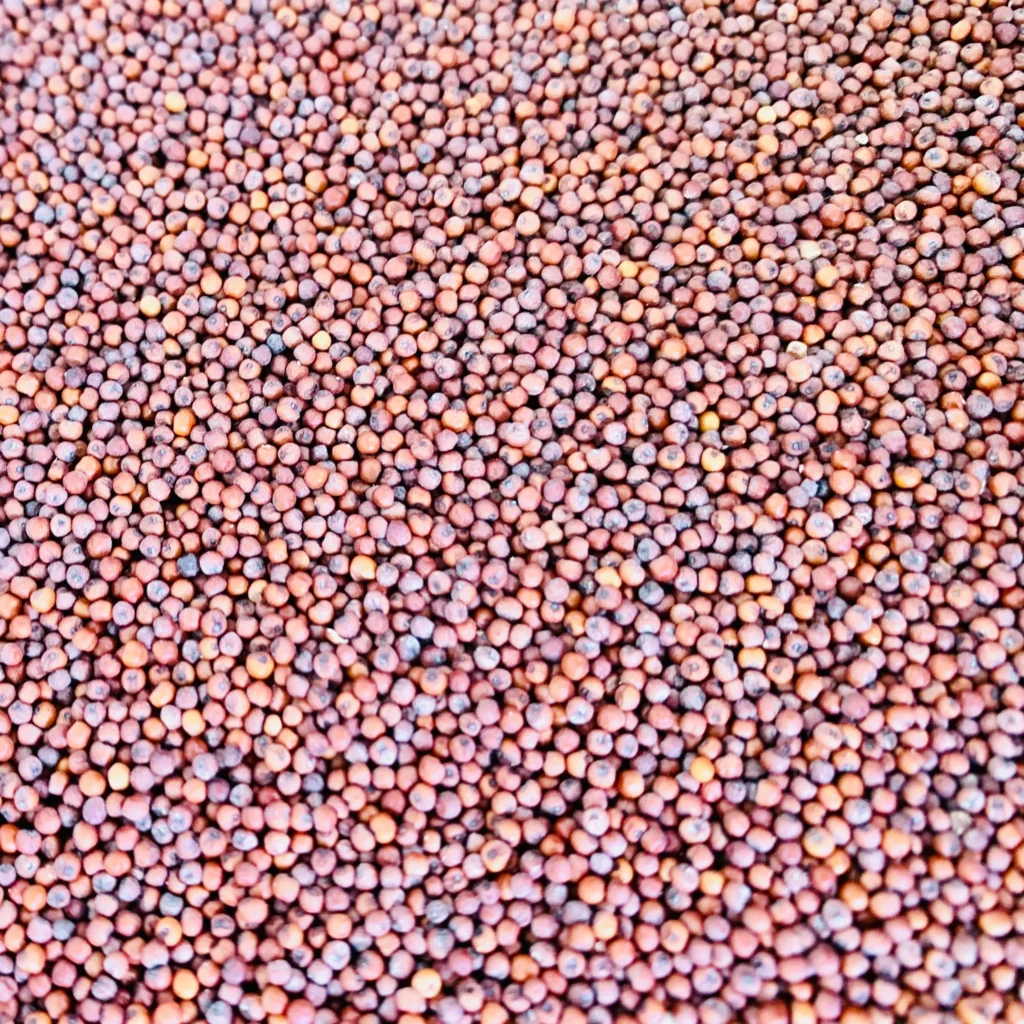
Millets are a group of ancient grains belonging to the Poaceae family. Common types include pearl millet (bajra), finger millet (ragi), foxtail millet, proso millet, barnyard millet, kodo millet, and little millet. Unlike other cereals like wheat and rice, millets require significantly less water, grow in poor soils, and mature quickly—making them ideal crops for regions vulnerable to climate change.
Nutritionally, millets are rich in dietary fiber, protein, iron, magnesium, and B-complex vitamins. They have low glycemic indexes and are gluten-free, which makes them increasingly popular among health-conscious consumers and people with dietary restrictions.
Global Millet Production Overview
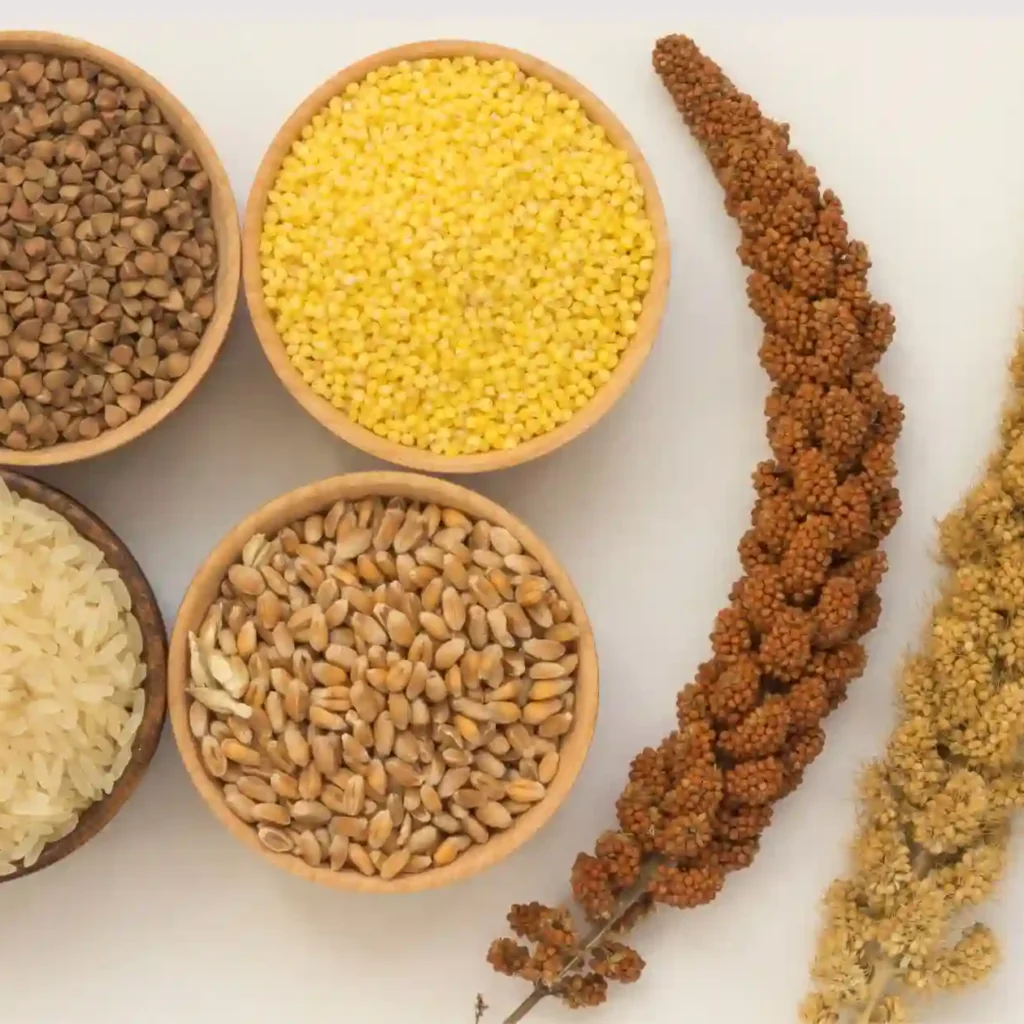
According to FAO (Food and Agriculture Organization) and recent agricultural production statistics:
- Global millet production stands at approximately 28-30 million metric tons annually.
- Millets are predominantly cultivated in Asia and Africa.
- Major producers include India, Nigeria, Niger, China, Mali, and Ethiopia.
Among these, India is the largest producer of millets, contributing over 40% of the world’s total production.
India: The Largest Millet Producer in the World
Production Scale and Statistics
India produces over 12-14 million metric tons of millet each year. The states contributing most significantly to millet production include:
- Rajasthan – the largest producer of pearl millet.
- Karnataka – leads in finger millet cultivation.
- Maharashtra, Uttar Pradesh, Gujarat, and Tamil Nadu – also contribute substantial millet yields.
As per 2022-23 estimates from the Ministry of Agriculture and Farmers’ Welfare, India allocated over 14 million hectares of farmland to millet cultivation.
Government Initiatives
India has proactively promoted millets due to their agronomic and nutritional benefits:
- The Indian government declared 2023 as the International Year of Millets, following a proposal adopted by the United Nations.
- Programs like the National Food Security Mission (NFSM) include millet production under their mandate.
- Various states have launched incentives, subsidies, and support systems to boost millet farming and consumption.
Cultural and Dietary Relevance
In India, millets are not just agricultural commodities; they are integral to cultural cuisines. Dishes like ragi mudde, bajra roti, and kambu koozh are staple foods in southern and western parts of India.
Millets have reemerged as “smart foods,” with increasing inclusion in urban diets and health-based products like millet pasta, flakes, and energy bars.
Other Major Millet Producing Countries
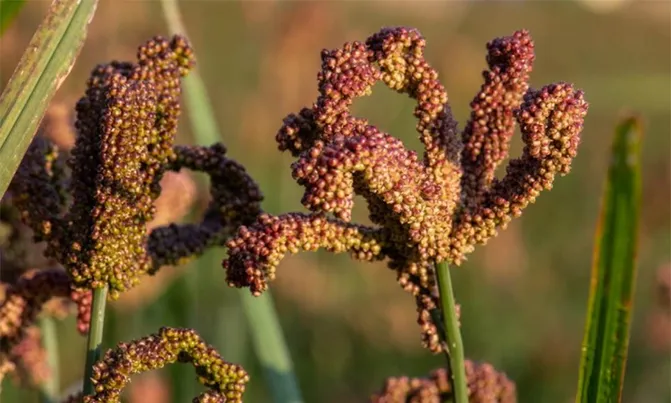
While India leads, other countries have also made notable contributions to global millet production:
Nigeria
Nigeria is the second-largest millet producer globally. It primarily cultivates pearl millet, especially in its northern states like Kano and Katsina. Millets serve as a dietary staple in Nigeria, used in foods like fura (fermented millet drink) and tuwo (millet-based dish).
Niger
Niger heavily relies on millet as both a food staple and a source of rural income. Despite limited agricultural infrastructure, millet is the dominant crop in the country, thanks to its tolerance to harsh Sahelian climates.
China
China grows mostly foxtail and proso millets, especially in its northern and north-eastern provinces like Shanxi, Inner Mongolia, and Hebei. Millets have historical significance in Chinese cuisine and are used in congee, noodles, and alcoholic beverages.
Mali and Ethiopia
In the African Sahel, Mali and Ethiopia depend on millet for food security. Traditional farming systems in these nations incorporate millet due to its adaptability and role in household nutrition.
Factors Contributing to India’s Leadership
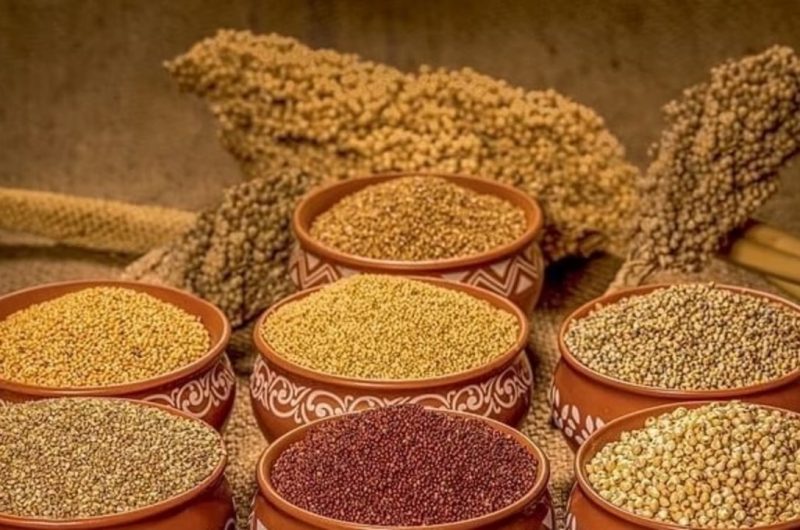
- Agro-climatic Suitability: India’s semi-arid and arid zones provide an ideal climate for various millet types.
- Agricultural Heritage: Millets have been grown in India for over 5,000 years. They are part of traditional farming and cuisine.
- Government Support: Subsidies, procurement policies, and millet-based nutrition programs (like inclusion in public distribution systems and school lunches) encourage widespread cultivation.
- Research and Innovation: Indian agricultural institutes like IIMR (Indian Institute of Millets Research) have developed high-yield and pest-resistant millet varieties.
- Market Demand: Urban interest in healthy eating, gluten-free alternatives, and sustainable food systems has led to a resurgence in millet-based products.
Benefits of Millet Production
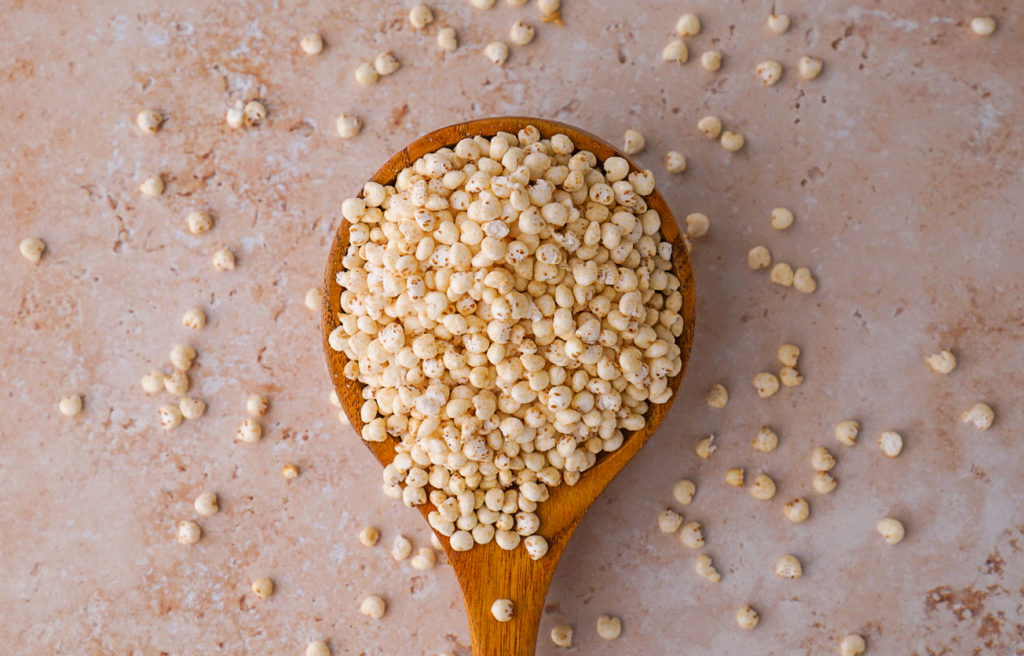
Climate Resilience
Millets are hardy crops that thrive in poor soils and require minimal inputs. They play a critical role in climate-smart agriculture and food security.
Nutrition and Health
With rising lifestyle diseases, millets offer a nutritious alternative to refined cereals. Their high fiber content supports digestion, while their complex carbs ensure sustained energy.
Economic Empowerment
Millet cultivation supports smallholder farmers, especially in rainfed regions. Their cultivation reduces the risk of crop failure compared to water-intensive crops.
Future Outlook
The millet industry is set to experience significant growth due to:
- Increasing global demand for healthy and ancient grains.
- Governmental push for organic, sustainable crops.
- Export potential, especially to North America, Europe, and the Middle East.
- Technological advancements in value-added millet products.
India is already making strides in millet processing units, export quality assurance, and digital marketing of millet products through e-commerce platforms and millet-based startups.
Conclusion
India’s status as the world’s largest millet producer is not just about numbers—it represents a successful combination of tradition, innovation, policy, and sustainability. As climate change challenges global food systems, millets may become the grains of the future. With India leading the charge, millets are well-positioned to play a vital role in achieving global nutrition and food security goals.
As nations worldwide look for solutions to feed growing populations sustainably, the humble millet—backed by India’s agricultural prowess—is poised to shine on the global plate.

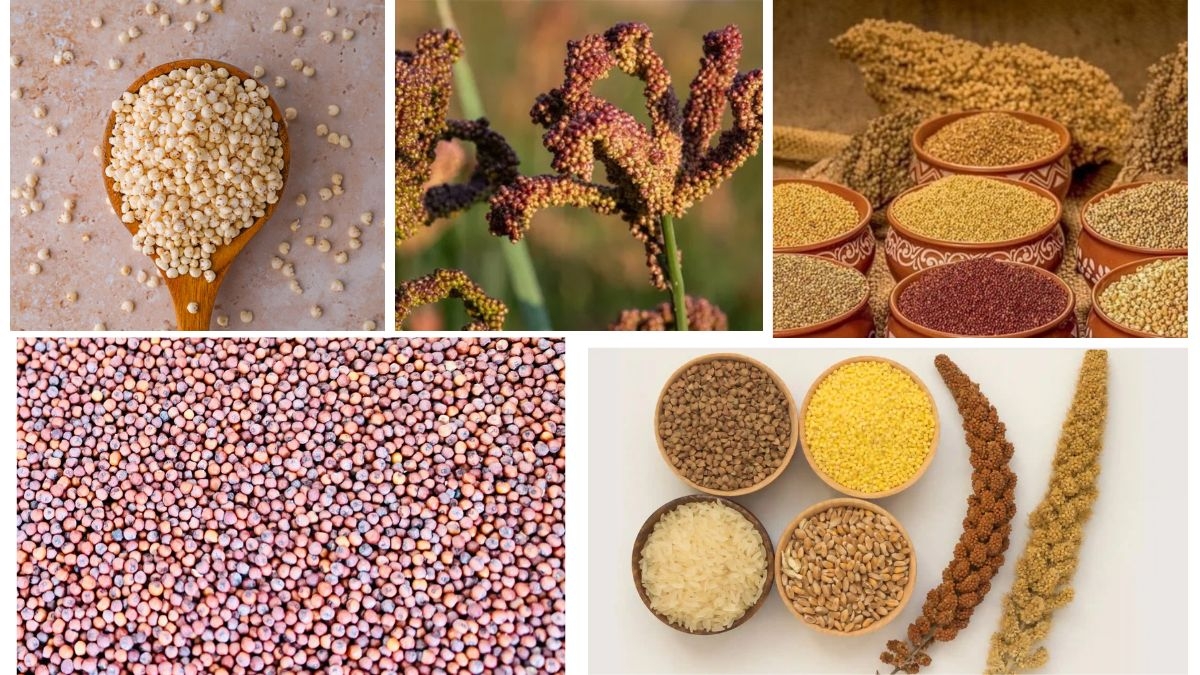





Leave A Comment